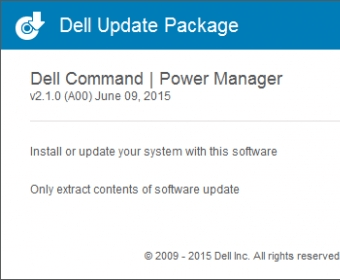

- #Windows 7 power manager software#
- #Windows 7 power manager password#
- #Windows 7 power manager windows 7#
- #Windows 7 power manager windows#
Some options are self-explanatory, but some need a little bit of clarification.ġ. Here you can pretty much edit all the settings associated with that power plan. To edit more settings, click the Change advanced power settings link. For the Balanced plan, the default settings are shown above. The basic options you can change are when the display turns off and when the computer goes to sleep. Now to actually see what your power settings are, go ahead and click on the Change plan settings link next to the power plan that is currently selected. – Change when the computer sleeps – Same set of options as the above link. – Choose when to turn off the display – This link will bring you to the same screen that you get to when you click the Change plan settings link next to the currently selected power plan. Basically, you can adjust the timings for when the computer display turns off and when the computer goes to sleep. To create a new plan, give it a name and choose one of the plans as a starting point. – Create a power plan – If you don’t like the three default power plans or if you want to edit the default settings for one of those three power plans, then this is where you can do it. – Choose what closing the lid does – Not sure why this is here because it brings you to the same set of options as above. You can choose different options when you’re on battery and when you’re plugged in. Here you can choose if you want the computer to Sleep or Shutdown or Do Nothing when you press the power or sleep buttons or close the lid. – Choose what the power buttons do – This brings you to the same screen as the previous option, but it’s just the top section.
#Windows 7 power manager password#
If you don’t have a password for your user account, then requiring a password here won’t make any difference and you’ll still be able to login, so that’s worth noting. If you do, then when you come back from sleep or hibernate, you’ll have to enter your password. – Require a password on wakeup – This one is pretty self-explanatory, but a little confusing because it depends on whether or not you have a password set for your user account. You can change that, but first let’s take a look at all the options along the left side.
#Windows 7 power manager windows#
Now there are two main ones and a third, which is hidden but can be viewed if you click the View additional plans button.īy default, Windows will be set to use the Balanced power plan.

Microsoft has really simplified this down from the previous power schemes that used to exist in Windows XP and Vista. PMMBC.Now you’ll be brought to the main Power Options dialog, which put power plans front and center. PWRACT.exe - Power Action (Power Manager Power Action)ĭPMTray.exe - DPMTray (Power Manager system tray program) SCHTASK.exe - ScheduledTask (Power Manager Power Agenda)

PWMTR32V.dll - Power Manager Background Monitor and Tray Battery Gauge PWMOSDV.exe - Power Manager OnScreen Display Menu PWMIF32V.dll - Power Manager Low Level Function DLL PWMEWSVC.exe - Power Manager Cisco EnergyWise Enabler PWMEWCFG.exe - Power Manager Cisco EnergyWise Configuration Utility PWMDBSVC.exe - Power Manager Dynamic Brightness Control Service PMVInsDll.dll - Power Manager (Power Manager Installer custom dll) PWMBTHLV.exe - Desktop Power Manager (Desktop Power Manager HTML Help Execte Helper)ĭPMCFGC.exe - DPMPowerCfgComp (DPM COM module) While about 63% of users of Power Manager come from the United States, it is also popular in United Kingdom and Canada.
#Windows 7 power manager windows 7#
Relative to the overall usage of users who have this installed on their PCs, most are running Windows 7 (SP1) and Windows 10. The setup package generally installs about 76 files and is usually about 30.02 MB (31,481,965 bytes). The primary executable is named DOZESVC.EXE. A scheduled task is added to Windows Task Scheduler in order to launch the program at various scheduled times (the schedule varies depending on the version). Delaying the start of this service is possible through the service manager. It adds a background controller service that is set to automatically run. Manually stopping the service has been seen to cause the program to stop functing properly.
#Windows 7 power manager software#
Upon being installed, the software adds a Windows Service which is designed to run continuously in the background. The most common release is 6.68.10, with over 98% of all installations currently using this version. Power Manager is a software program developed by Lenovo.


 0 kommentar(er)
0 kommentar(er)
